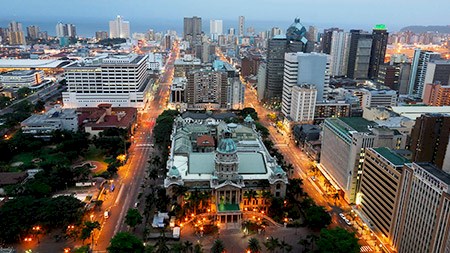Property developers have specific buyer segments that they target when looking to sell; the investors (local and foreign) and the owner-occupiers. Most of the time these are equally targeted, but as our economy continues to enter into uncertainty, it is becoming apparent to a few savvy developers that the owner-occupier segment offers more security and longevity than the investor market.
In times of economic uncertainty, many people put investing on the back-burner whilst dealing with everyday expenses. Recessionary economic conditions can also curtail investment. Owner-occupiers however, who are buying to live, will still require a home as a primary need.
Off-plan developers such as BBG (Berman Brothers), Blok and Signatura all sell off-plan property in the Western Cape, and attribute the market interest to the double financial incentives of avoiding transfer duties, and also that the bank will finance the total cost of the property when purchasing off-plan, including VAT.
“There is a saying that goes 'a building is only as strong as its weakest owner'. With every new development, the curation of like-minded home owners protects the development as well as the asset through the alignment of interests and expectations. It also plays simultaneously into their lifestyle ambitions which in itself has positive returns. At Blok we have been fortunate to have a majority of owner-occupier clients which not only helps to deliver our vision of connected urban living, but has also allowed us to really push the quality of our product through Thoughtful Design, high end finishes and innovation,” says Jacques van Embden, MD of Blok.
Paul Berman, Chief Executive, Berman Bros. Group says, “owner-occupiers and property development investors generally operate in different markets and use different metrics to measure their investment’s performance. The property developer’s motives are predominantly guided by the capacity to deliver a solid return on investment within a specific time frame. For this type of investor; the location of a property, the historical performance of the neighbourhood, and the potential for return are their primary considerations. While a savvy owner-occupier will also consider the long-term investment potential of a property, their primary focus is on the “ingredients” that make a house a comfortable home for their family. Owner-occupiers evaluate a property’s contextual design, the finishes, and aesthetics to determine the liveability of a home and whether the property fits within the context of their lifestyle. They can add considerable value to their acquisition through the time, care and attention they pay in improving their property and can enjoy the benefit of these returns while still living there which ultimately enhances value.”
This is not to say that the investor market is shutting down, the trend of semigration that started years back but has recently picked up significantly, continues unabated; with many people from around SA choosing to relocate to Cape Town but still commute elsewhere for work, or simply buy a Cape Town property now for investment purposes with the intention of relocating in a few years. People are also still buying to let, and prime areas such as Cape Town and Sandton offer a relatively minimal risk considering how strong the rental markets remain.
It would seem that, no matter what dire straights the rest of the country experiences, Cape Town, and especially the Atlantic Seaboard, remains relatively insured by its unparalleled beauty and unrivalled scenery and there will always be some people looking to invest here or move to these gorgeous shores.



